A junction box is a critical component in electrical wiring systems, serving as an essential element for protecting electrical connections and ensuring the safety and reliability of electrical installations. This article explores the various aspects of junction boxes, including their types, materials, applications, installation procedures, and safety considerations.
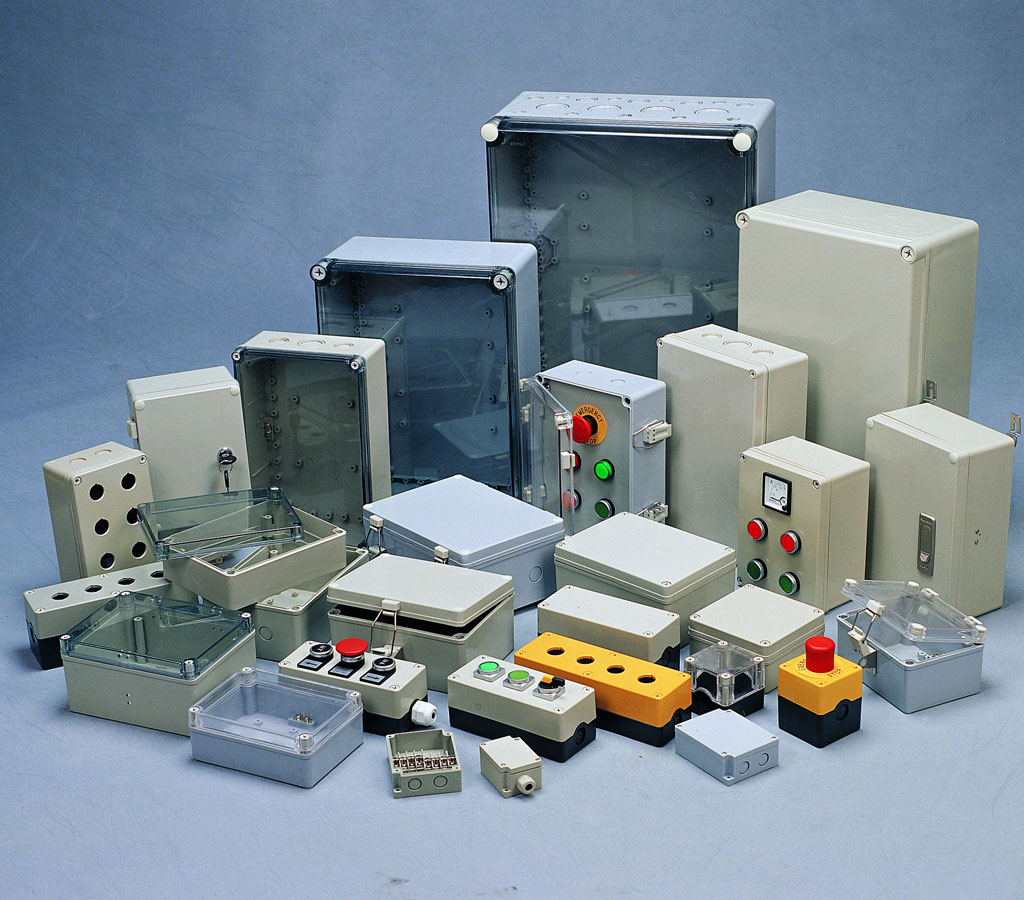
What Is Junction Box
A junction box is an essential component in electrical wiring, acting as an enclosure that houses electrical connections. This fundamental piece of equipment plays a critical role in the safety, functionality, and organization of electrical systems in residential, commercial, and industrial settings. Its primary purpose is to protect electrical connections and the wires that are terminated inside it, providing a secure and accessible point for making these connections.
A junction box is typically constructed from plastic or metal and comes in various shapes and sizes to accommodate different applications. These boxes are designed to conceal electrical connections and protect them from environmental factors such as moisture, dust, and physical damage. They also serve as a central point where wires can be connected, spliced, or terminated.
The use of junction boxes is mandated by electrical codes and standards in many regions to ensure the safety and reliability of electrical installations. By providing a contained environment for wire connections, junction boxes help prevent electrical fires, short circuits, and other hazards associated with exposed wiring.
What are Junction Boxes for?
Junction boxes serve several important functions in electrical systems. Here are their primary purposes:
1. Protection of Electrical Connections
Junction boxes enclose and protect electrical connections from physical damage, dust, moisture, and other environmental hazards. This protection helps prevent short circuits, electrical fires, and other safety issues.
2. Organization of Wiring
They provide a centralized location for connecting and branching electrical wires, making it easier to manage and organize wiring. This is particularly useful in complex electrical systems where multiple wires and circuits converge.
3. Safety
By containing and isolating electrical connections, junction boxes reduce the risk of accidental contact with live wires. This is essential for preventing electrical shocks and ensuring the safety of people and property.
4. Maintenance and Troubleshooting
Junction boxes offer easy access to electrical connections for maintenance, inspection, and troubleshooting. This accessibility simplifies the process of identifying and fixing issues within the electrical system.
5. Code Compliance
Electrical codes and standards, such as the National Electrical Code (NEC) in the United States, often require the use of junction boxes to ensure safe and reliable electrical installations. Using junction boxes helps ensure compliance with these regulations.
6. Connection Point for Different Wiring Methods
Junction boxes serve as connection points where different wiring methods or circuits meet. For example, they can connect conduit wiring with cable wiring or different gauge wires, facilitating transitions and junctions within the electrical system.
7. Protection Against Fire Hazards
Certain types of junction boxes, such as fire-rated boxes, are designed to contain and prevent the spread of fire. These boxes are crucial in environments with stringent fire safety requirements, such as commercial buildings and industrial facilities.
8. Environmental Protection
Weatherproof and underground junction boxes are designed to protect electrical connections from harsh environmental conditions, such as moisture, dust, and temperature extremes. This is essential for outdoor installations and environments exposed to the elements.
9. Electromagnetic Interference (EMI) Shielding
Sheet Metal boxes can provide shielding against electromagnetic interference, which is important in installations where electronic equipment could be affected by EMI. This helps ensure the proper functioning of sensitive electronic devices.
10. Modularity and Expansion
Modular junction boxes allow for easy expansion and modification of electrical systems. These boxes can be configured with different modules to accommodate various types of connections and components, offering flexibility and scalability for complex installations.
How does Junction Box Work?
Junction boxes are essential components in electrical systems, providing protection, organization, safety, and compliance with electrical codes. They facilitate maintenance, troubleshooting, and expansion of electrical systems, making them indispensable in residential, commercial, industrial, and outdoor applications.A junction box works by serving as a central point where multiple electrical wires or cables converge, allowing for the safe connection, distribution, and organization of these wires. Here’s a detailed explanation of how a junction box functions:
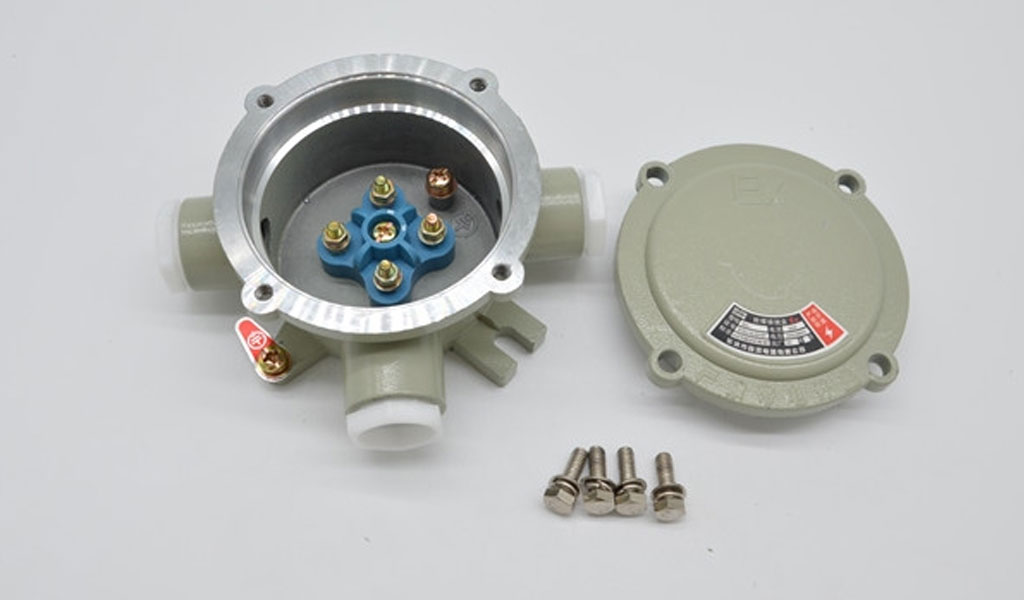
1. Enclosure and Protection
The primary function of a junction box is to enclose and protect electrical connections. The box itself, typically made from metal or plastic, acts as a barrier against physical damage, dust, moisture, and other environmental hazards. This enclosure helps prevent short circuits, electrical fires, and accidental contact with live wires.
2. Connection Point
Inside the junction box, wires from different parts of the electrical system come together. These wires can be part of the same circuit or different circuits. The box provides a designated space where electricians can safely connect these wires using connectors, wire nuts, or terminal blocks.
3. Organizing Wiring
By centralizing the connections, a junction box helps organize the wiring. This organization makes it easier to identify and manage individual wires and circuits, which is especially useful in complex electrical systems with multiple branches and connections.
4. Wire Connections
The process of connecting wires inside a junction box typically involves several steps:
- Stripping Insulation: The insulation is stripped from the ends of the wires to expose the conductive metal.
- Connecting Wires: The exposed wire ends are connected using wire nuts, connectors, or terminal blocks. These connectors ensure a secure and stable connection, preventing the wires from coming loose or creating a poor connection.
- Securing the Connections: The connected wires are carefully arranged and secured within the box to prevent overcrowding and potential short circuits.
5. Grounding
Grounding is a crucial aspect of electrical safety, and junction boxes play a role in this process. Inside the box, ground wires (usually bare or green-insulated wires) are connected together and to a grounding terminal or bar. This ensures that any electrical faults have a safe path to the ground, reducing the risk of electrical shock and fire.
6. Covering the Box
Once the connections are made and secured, the junction box is closed with a cover or lid. This cover provides an additional layer of protection, preventing dust, moisture, and accidental contact with the wires inside. It also helps contain any potential sparks or heat generated by the connections.
7. Access for Maintenance and Inspection
Junction boxes are designed to be accessible for maintenance, inspection, and troubleshooting. The cover can be easily removed to allow electricians to check the connections, perform repairs, or make modifications to the wiring. This accessibility is essential for maintaining the safety and reliability of the electrical system.
8. Types and Special Features
Depending on the application, junction boxes may have special features or designs:
- Weatherproof Boxes: These are sealed to prevent water ingress and are used for outdoor or damp locations.
- Fire-Rated Boxes: Made from materials that can withstand high temperatures, these boxes are used in environments where fire safety is a concern.
- Underground Boxes: Designed to be buried, these boxes are built to withstand soil pressure and protect connections from moisture and corrosion.
- Smart Boxes: Equipped with sensors and communication technology, these boxes can monitor the status of electrical connections and provide real-time data.
A junction box works by providing a safe and organized space for making electrical connections. It protects the connections from environmental hazards, ensures secure and stable wiring connections, facilitates grounding, and allows for easy access during maintenance and inspection. This functionality makes junction boxes an essential component in maintaining the safety and reliability of electrical systems.

The Main Types of Junction boxes
The junction boxes come in various sizes and materials to the functions and used. Meanwhile, various types of materials are used in the manufacturing process of junction boxes.Some are PVC, metal junction boxes, and plastic junction boxes. For metallic junction boxes, the most common materials include steel and aluminum sheet metal.Because of its solid nature, it lasts longer than plastic junction boxes. Moreover, it depends on the features you need from a junction box, so they are designed accordingly.
Here are some of the most excellent varieties of electrical junction boxes (EJBs):
Standard Junction Boxes
Weatherproof Junction Boxes
Fire-Rated Junction Boxes
Underground Junction Boxes
Modular Junction Boxes
Cable Junction Boxes
Conduit Junction Boxes
Explosion-Proof Junction Boxes
Push-in Wire Junction Boxes
Inspection Junction Boxes
Pre-Wired Junction Boxes
Distribution Junction Boxes
The main types of junction boxes include standard, weatherproof, fire-rated, underground, modular, cable, conduit, explosion-proof, push-in wire, inspection, pre-wired, and distribution junction boxes. Each type is designed to meet specific needs and requirements, ensuring safe and reliable electrical connections in various applications and environments.
Materials Used in Electrical Junction Box
Electrical junction boxes are manufactured using various materials, each chosen for its specific properties and suitability for different applications. The choice of material for an electrical junction box depends on factors such as the installation environment, level of protection required, electrical properties, and regulatory standards. Metal boxes offer durability and EMI shielding, plastic boxes provide corrosion resistance and ease of installation, composite materials combine strength with flexibility, FRP boxes excel in corrosive environments, and stainless steel boxes are ideal for corrosion areas.
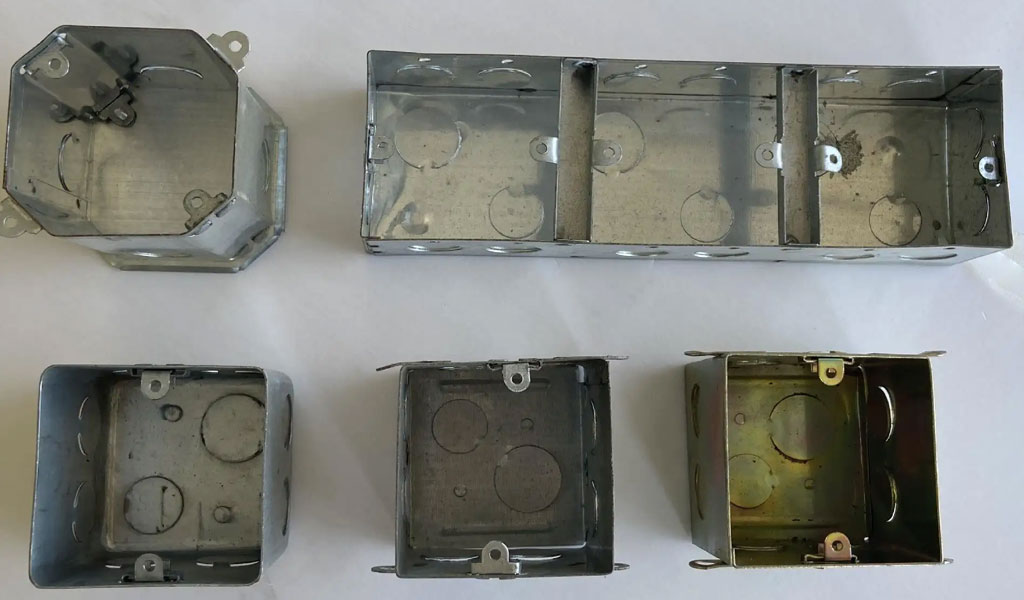
Selecting the right material ensures the junction box meets safety requirements and performs reliably throughout its lifespan.Here are the main materials used in electrical junction boxes:
1. Metal (Steel or Aluminum) Junction Box
Advantages:
- Durability: Metal junction boxes, particularly those made from steel or aluminum, are highly durable and resistant to physical damage.
- EMI Shielding: They provide electromagnetic interference (EMI) shielding, which is important in environments with sensitive sheet metal electronic equipment.
- Fire Resistance: Metal boxes can withstand high temperatures and help contain fires, making them suitable for fire-rated applications.
- Longevity: They have a long lifespan and can withstand harsh environmental conditions.
Applications:
- Industrial settings
- Outdoor installations (with appropriate coatings for corrosion resistance)
- Locations requiring robust protection and EMI shielding
2. Plastic (PVC, Polycarbonate, ABS) Junction Box
Advantages:
- Lightweight: Plastic junction boxes are lighter and easier to handle than metal boxes.
- Corrosion Resistance: They are resistant to corrosion, making them suitable for outdoor and damp environments.
- Ease of Installation: Plastic is easy to work with and can be quickly installed or modified.
- Insulation: Provides electrical insulation, reducing the risk of electrical shock.
Applications:
- Residential installations
- Commercial buildings
- Outdoor applications (weatherproof and waterproof boxes)
- Environments where corrosion resistance and ease of installation are important
3. Composite Materials Junction Box
Advantages:
- Strength and Durability: Composite materials combine the strength of metals with the corrosion resistance of plastics.
- Lightweight: They are lighter than metal boxes while offering similar durability.
- Resistance to Environmental Factors: Composite materials can withstand moisture, UV exposure, and temperature extremes.
- Flexibility: They can be molded into various shapes and sizes, offering design flexibility.
Applications:
- Industrial and heavy-duty applications
- Outdoor and underground installations
- Environments requiring resistance to harsh conditions
4. Fiberglass Reinforced Polyester (FRP) Junction Box
Advantages:
- Corrosion Resistance: Highly resistant to corrosion, chemicals, and moisture.
- Lightweight: Lighter than metal yet strong and durable.
- UV Stability: Suitable for outdoor applications as they resist degradation from UV exposure.
- Non-Conductive: Provides excellent electrical insulation properties.
Applications:
- Chemical plants
- Coastal areas
- Harsh environments requiring corrosion resistance and electrical insulation
5. Stainless Steel Junction Box
Advantages:
- Corrosion Resistance: Excellent resistance to corrosion, making them suitable for outdoor and harsh environments.
- Hygienic: Stainless steel is easy to clean and maintain, making it ideal for sanitary environments.
- Durability: Offers long-term durability and reliability.
Applications:
- Food processing facilities
- Marine environments
- Outdoor applications where corrosion resistance and durability are critical

How to Choose the Right Type of Electrical Junction Box?
Choosing the right electrical junction box involves considering the application, environment, material, size, mounting method, IP rating, compliance with codes, fire resistance, ease of installation, special features, and cost.
By evaluating these factors, you can select a junction box that ensures safety, functionality, and reliability for your specific electrical system.
Choosing the right type of electrical junction box is crucial for ensuring the safety, functionality, and longevity of your electrical system. Here are the key factors to consider when selecting an electrical junction box:
1. Purpose and Application
Identify the specific purpose and application of the junction box. Consider whether it is for residential, commercial, industrial, or outdoor use. Different applications have different requirements and standards.
2. Environment
Consider the environmental conditions where the junction box will be installed. Factors include:
- Indoor vs. Outdoor: Outdoor installations require weatherproof or waterproof junction boxes to protect against moisture, dust, and extreme temperatures.
- Exposure to Chemicals: In industrial settings where the box may be exposed to chemicals, choose a box made from resistant materials.
- Hazardous Locations: For areas with flammable gases or dust, explosion-proof junction boxes are necessary.
3. Material
Choose the appropriate material based on the environment and application:
- Metal (Steel or Aluminum): Durable and provides good protection against physical damage and EMI. Suitable for industrial and heavy-duty applications.
- Plastic (PVC or Polycarbonate): Lightweight, corrosion-resistant, and easy to install. Ideal for residential and light commercial use.
- Composite Materials: Offer a balance of strength, durability, and resistance to environmental factors. Suitable for demanding applications.
4. Size and Capacity
Ensure the junction box is the right size to accommodate the number of wires and connections without overcrowding. Overcrowding can lead to overheating and increased risk of electrical faults. Boxes come in various sizes, so choose one that provides enough space for safe and organized wiring.
5. Mounting Method
Consider the mounting requirements:
- Surface-Mounted: Mounted on the surface of a wall or ceiling. Easier to install and access.
- Flush-Mounted: Installed within the wall or ceiling cavity, providing a cleaner appearance.
- Underground: Designed for burial and suitable for landscape and street lighting installations.
6. Ingress Protection (IP) Rating
Check the IP rating, which indicates the level of protection against dust and water ingress. Higher IP ratings (e.g., IP65, IP67) provide better protection, which is essential for outdoor or wet locations.
7. Compliance with Codes and Standards
Ensure the junction box complies with local electrical codes and standards, such as the National Electrical Code (NEC) in the United States or the International Electrotechnical Commission (IEC) standards. Compliance ensures safety and legality.
8. Fire Resistance
In areas where fire safety is critical, such as commercial buildings and industrial facilities, choose fire-rated junction boxes that can withstand high temperatures and prevent the spread of flames.
9. Ease of Installation and Maintenance
Consider how easy it is to install and maintain the junction box. Features like pre-drilled mounting holes, pre-wired connectors, and removable covers can simplify installation and future maintenance tasks.
10. Special Features
Look for any special features that may be required for your application:
- Smart Technology: Some junction boxes come with sensors and communication capabilities for monitoring and managing electrical connections.
- Modularity: Modular junction boxes allow for easy expansion and customization, making them ideal for complex or evolving systems.
- Grounding Provisions: Ensure the box has proper grounding terminals or bars to facilitate safe grounding of the electrical system.
11. Cost
While cost should not be the sole determining factor, it is important to consider your budget. Balance the need for quality and safety with the cost to find a junction box that meets your requirements without unnecessary expense.
Make BE-CU Your First Choice for Junction Box Sheet Metal Fabrication
Having a basic knowledge of junction box can help you stay relevant in this industrial age. With this article, you will be exposed to the basics of junction box sheet metal fabrication. This article demystified the process.
It showed what makes the process special and why many industries are incorporating it into their manufacturing process.
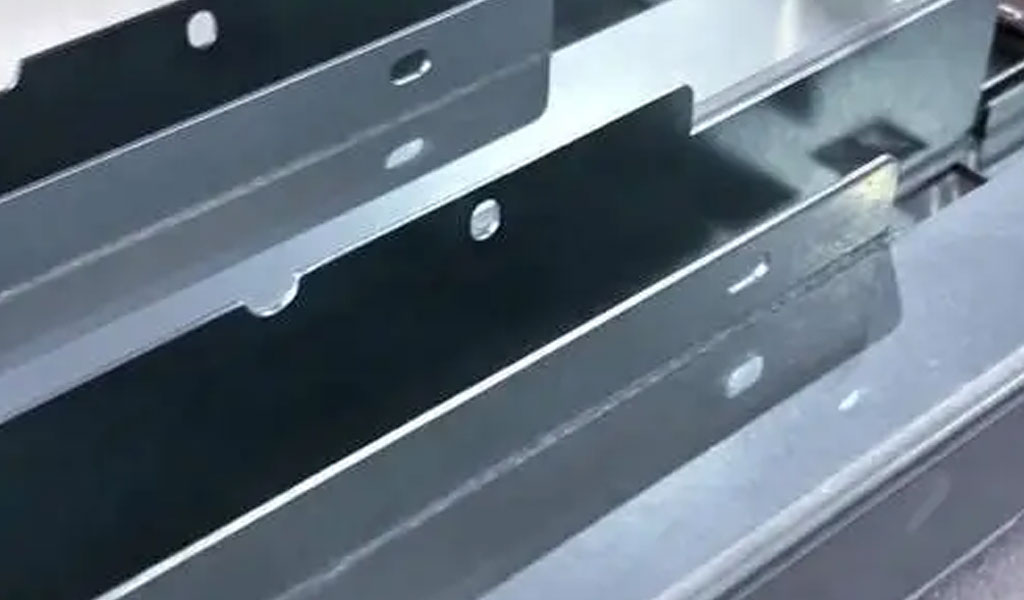
Junction box is popular. This is evident in the adoption of the process in many industrial settings. It is also evident in the number of companies that offer to bring the service to people/companies that need it. At BE-CU.com, we are very good at what we do.
-
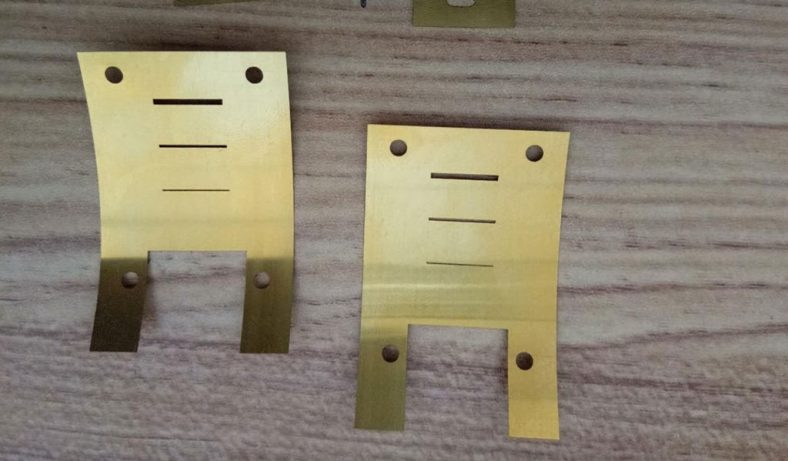
Bronze Sheet Metal Fabrication
-

Mild Steel Sheet Metal Fabrication
-
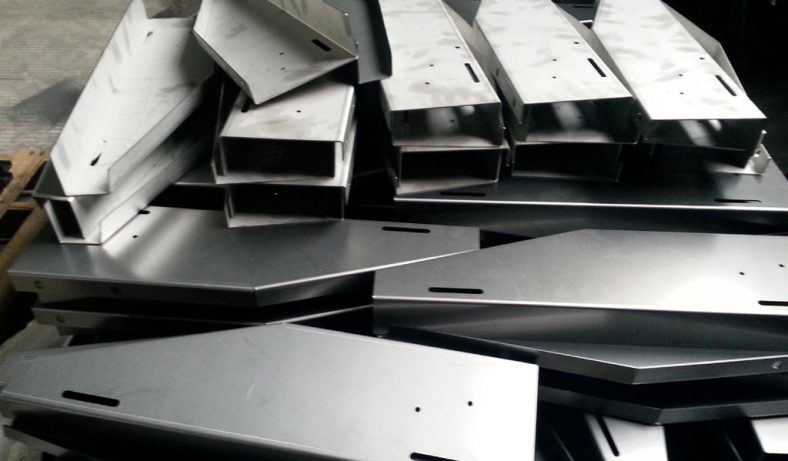
Galvanized Steel Sheet Metal Fabrication
-
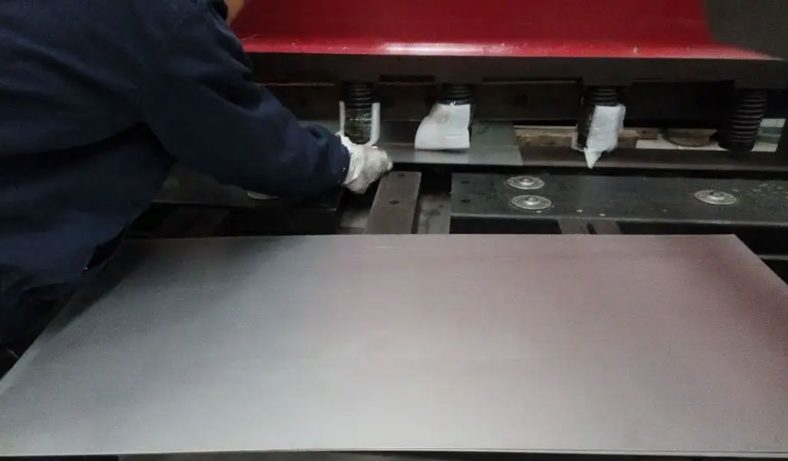
Titanium Sheet Metal Fabrication
-
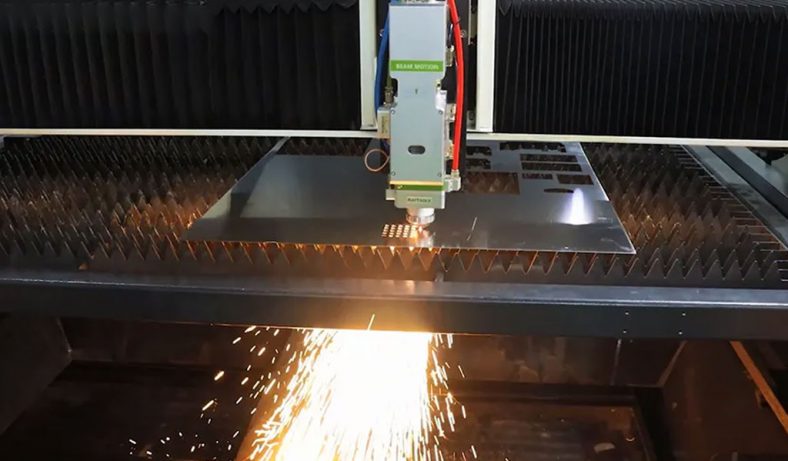
Steel Sheet Metal Fabrication
-
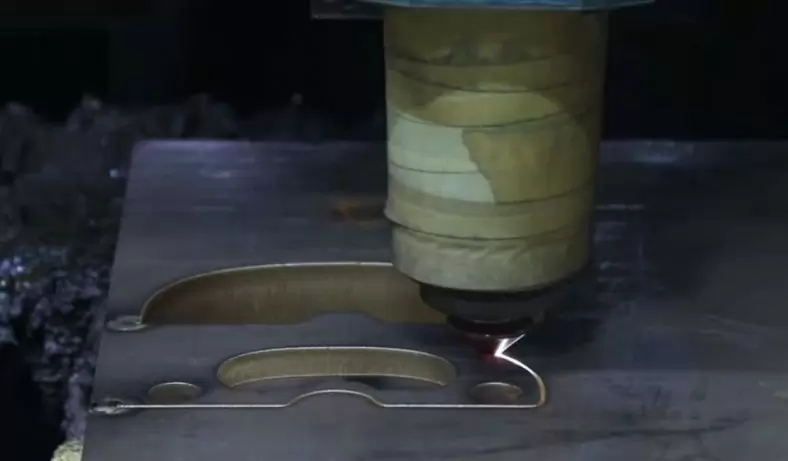
Brass Sheet Metal Fabrication
-

Copper Sheet Metal Fabrication
-
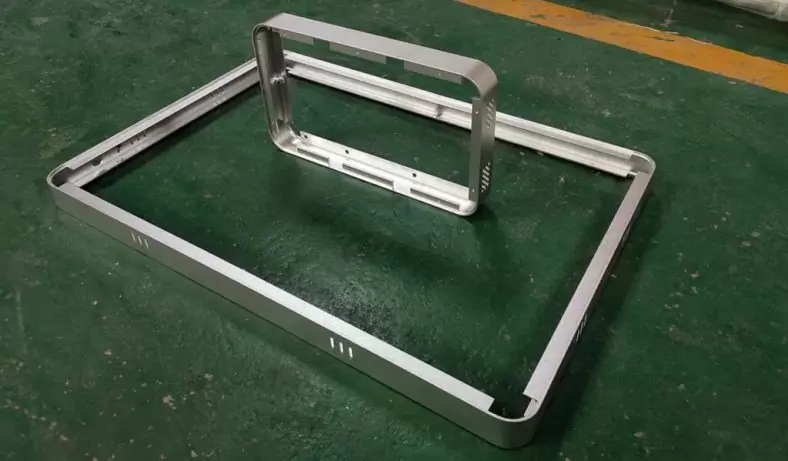
Aluminum Sheet Metal Fabrication
-

Stainless Steel Sheet Metal Fabrication
Therefore, when you choose us, you get to enjoy many benefits. For instance, you get an instant online quotation once you upload your CAD file into our system. What makes ours unique is that this takes not more than one minute. You also get to enjoy DFM (Design for Manufacturing) analysis, which determines whether the parts are manufacturable or not. Apart from that, you can always enjoy professional suggestions provided by our engineering team. Upload your design files and start your project today!
